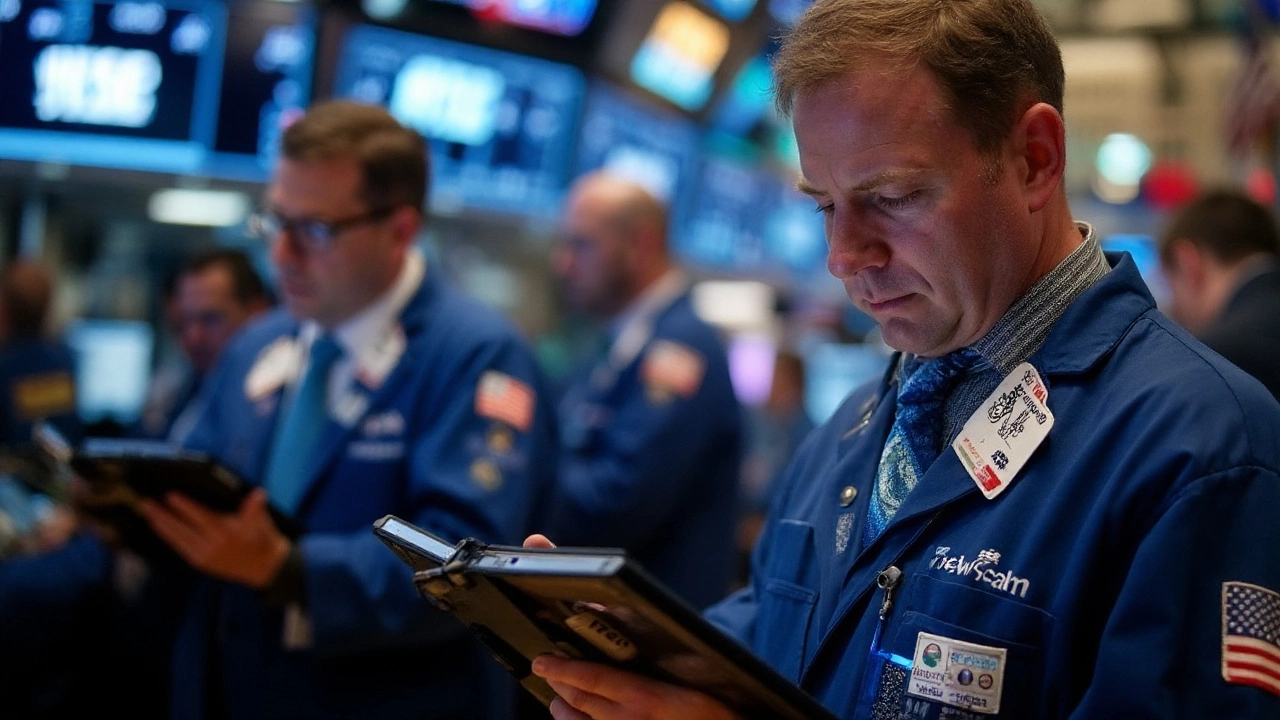Finance & Markets
When talking about Finance & Markets, the network of economic activities, financial products, and market movements that shape how money is created, traded, and valued, you’re stepping into a space where every headline ties back to a handful of key forces. Finance & Markets encompasses everything from currency swings to bond yields, and it requires a solid grip on the players that move the needle. For example, the Dollar, the primary U.S. currency used in global trade and finance reacts instantly to policy shifts, while the Treasury Yield, the interest rate on U.S. government debt that signals market expectations for growth and inflation reflects investors’ confidence in the economy’s future. The Federal Reserve, the U.S. central bank that sets monetary policy, controls interest rates, and safeguards financial stability sits at the hub of these dynamics, influencing both the dollar’s strength and Treasury yields. When the Fed’s independence is questioned, as seen in recent boardroom disputes, the ripple effect can push inflation expectations higher, nudging yields upward and the dollar lower. In short, Finance & Markets is a living ecosystem where the dollar, Treasury yields, and the Fed constantly interact, shaping the economic landscape we all live in.
Why These Topics Matter
Understanding the Dollar, its role as the world’s reserve currency and a benchmark for global pricing is crucial because it directly impacts buying power at the grocery store, the cost of a foreign vacation, and the profitability of multinational companies. Meanwhile, Treasury Yield, a barometer for risk‑free returns that investors use to price everything from mortgages to corporate bonds tells you how confident markets are about future growth and inflation. The Federal Reserve, the authority that can raise or cut rates, buy or sell bonds, and signal its outlook for the economy wields the tools that move both the dollar and yields. When the Fed signals tighter policy, yields climb, the dollar often strengthens, and inflation fears rise. Conversely, dovish signals push yields down and can weaken the dollar, giving consumers a brief reprieve at the pump. Adding Inflation, the rate at which prices increase across the economy, which erodes purchasing power if unchecked into the mix shows how these three forces feed into everyday financial decisions. The interplay—Fed actions influence inflation expectations, which drive Treasury yields, which in turn affect the dollar’s value—forms a chain reaction that investors watch closely. Knowing how each piece fits helps you read market headlines with confidence, whether you’re tracking a stock rally, a bond sell‑off, or a currency swing.
Below, you’ll find a curated set of articles that break down the latest moves in the dollar, Treasury yields, Fed policy battles, and inflation data. Each piece dives into real‑world impacts, offering the kind of practical insight you need to make sense of market headlines and to spot opportunities before they become mainstream. Dive in to see how today’s news ties back to the core forces we just discussed, and get a clearer picture of where Finance & Markets might head next.
